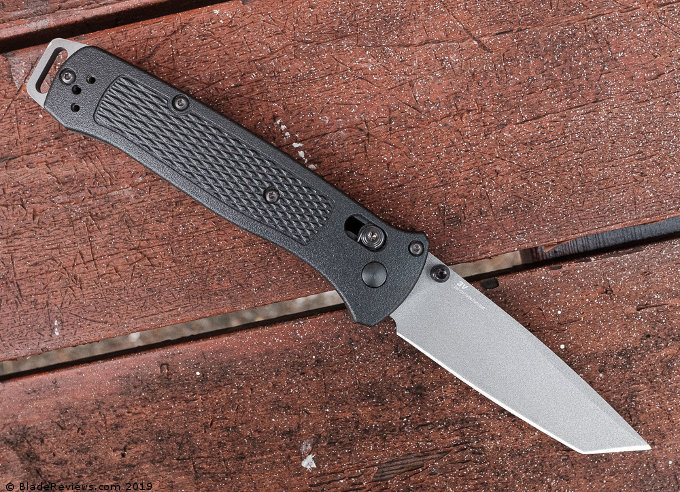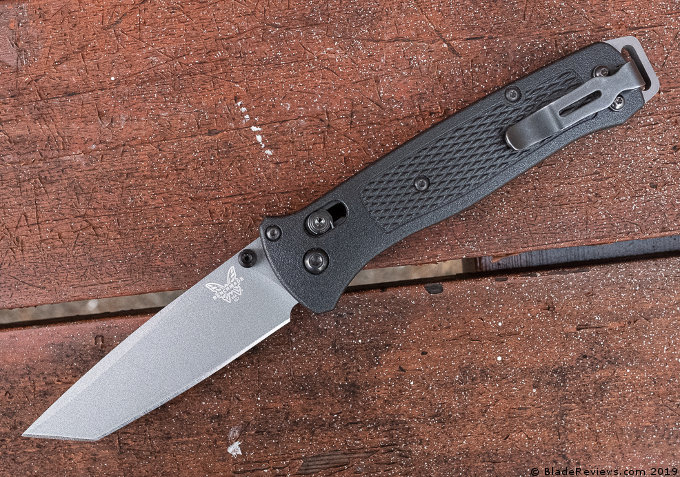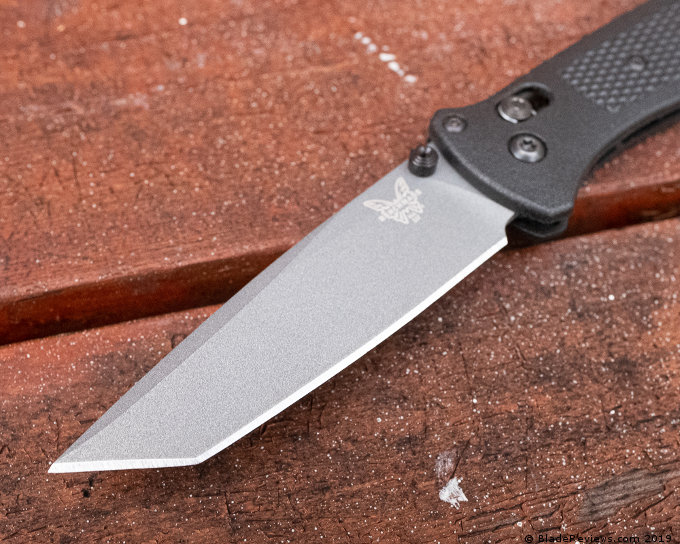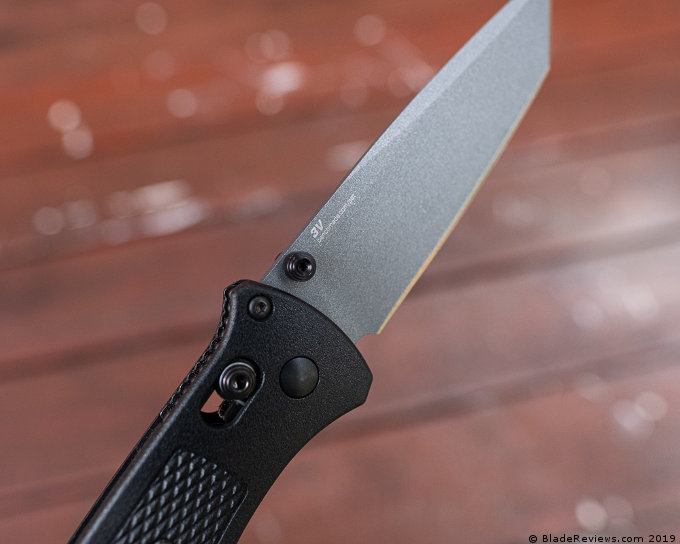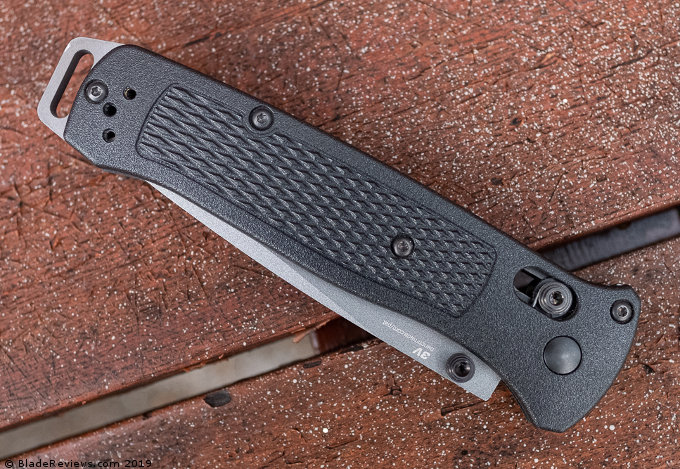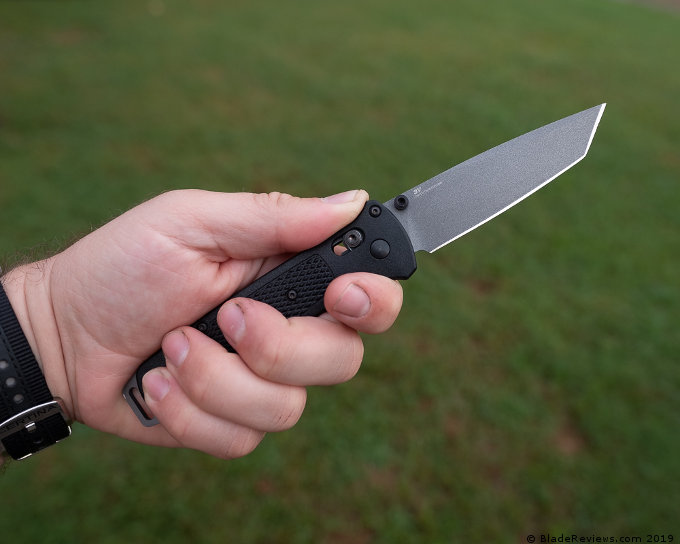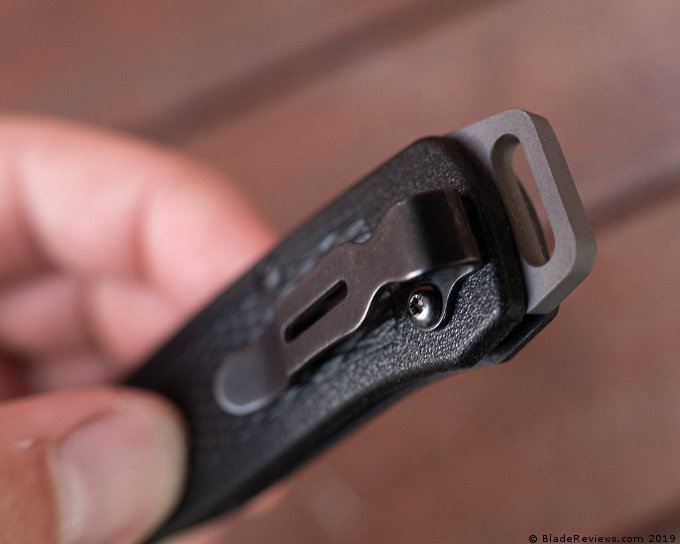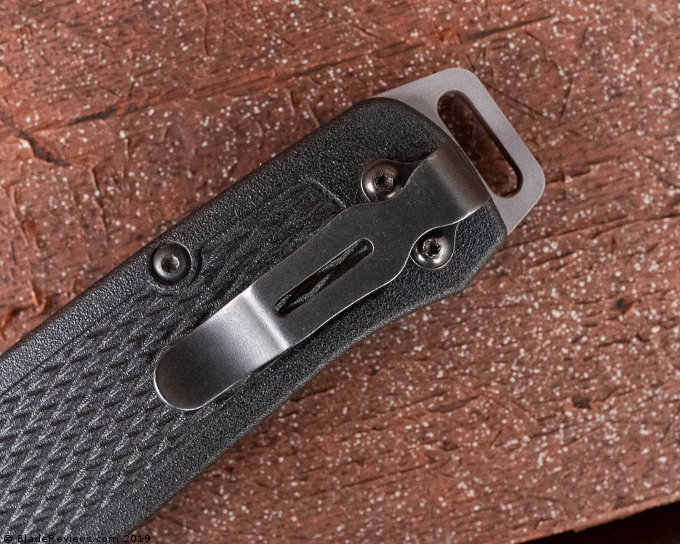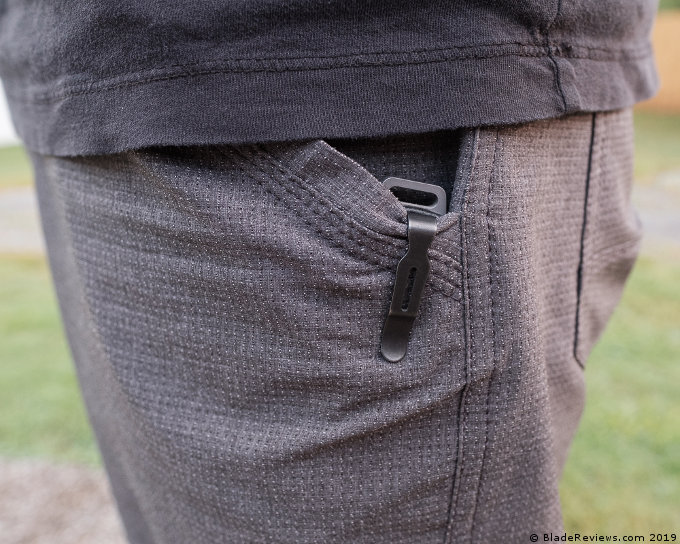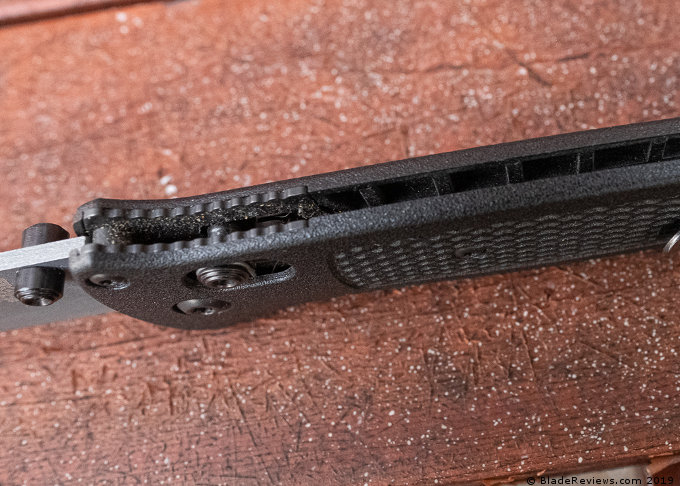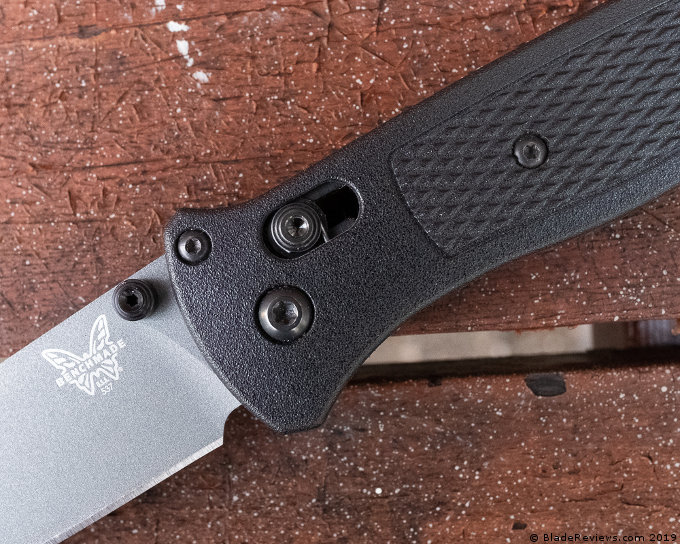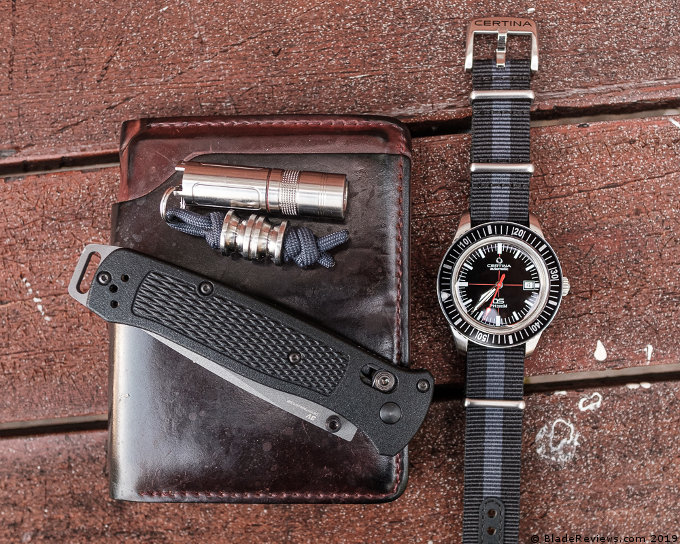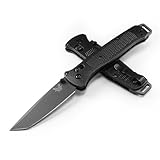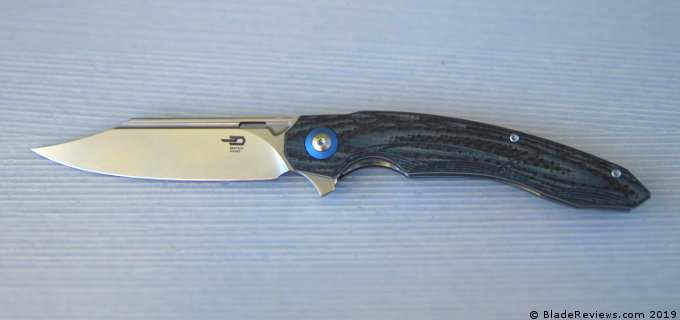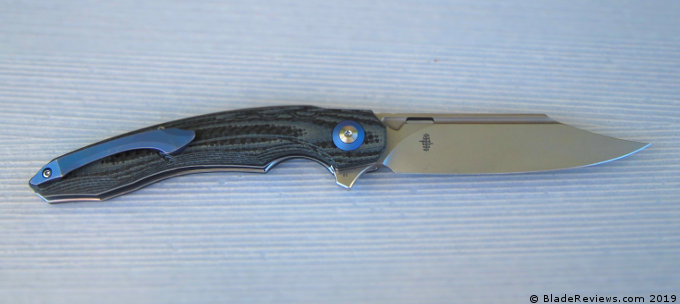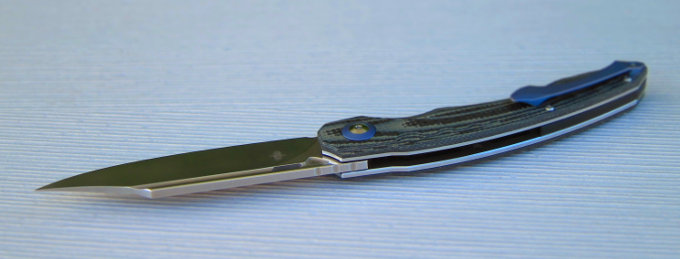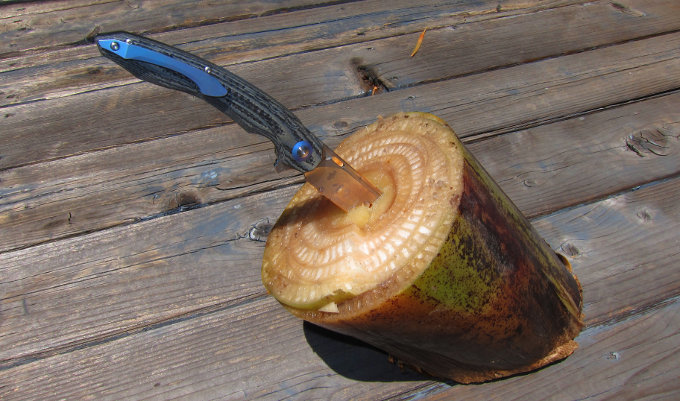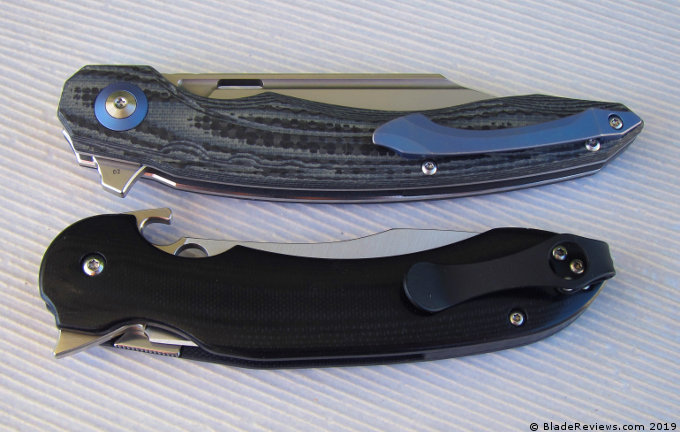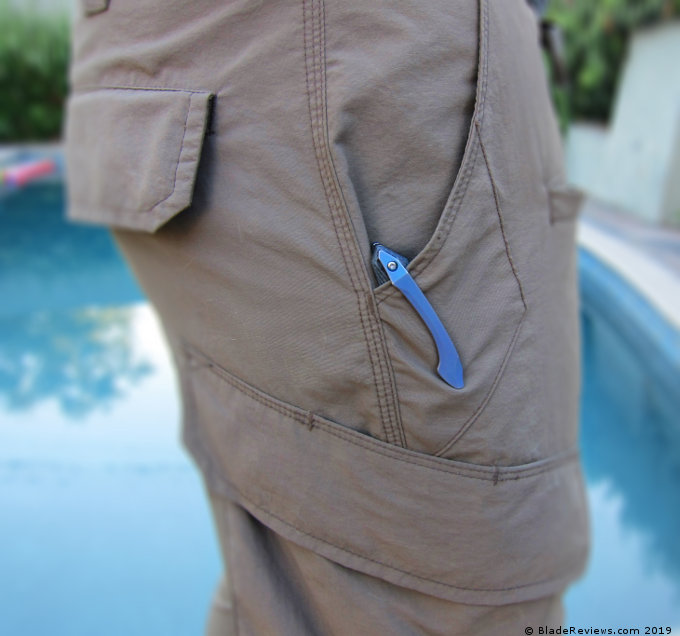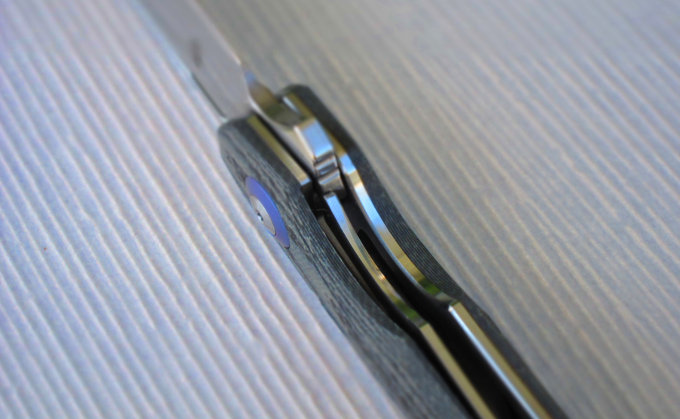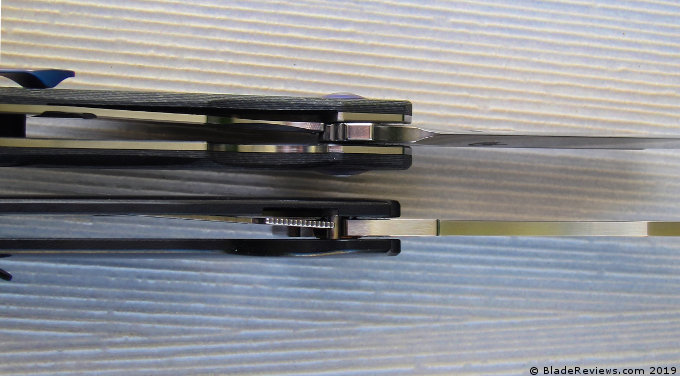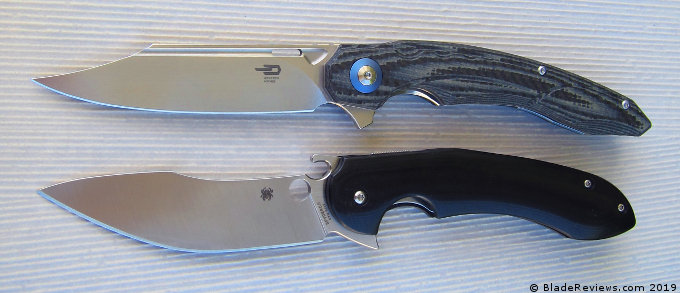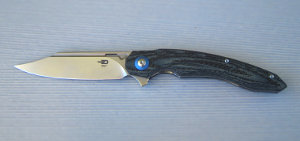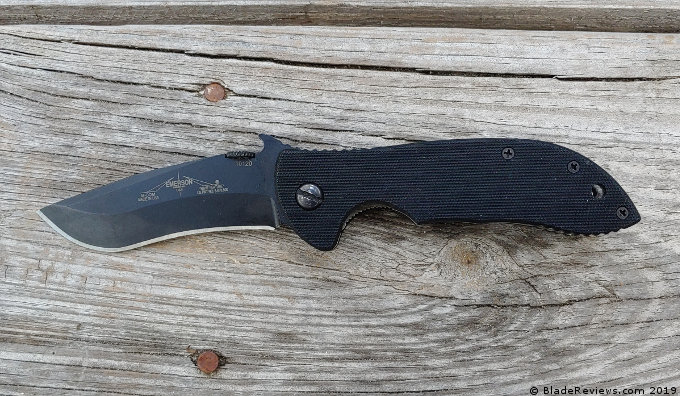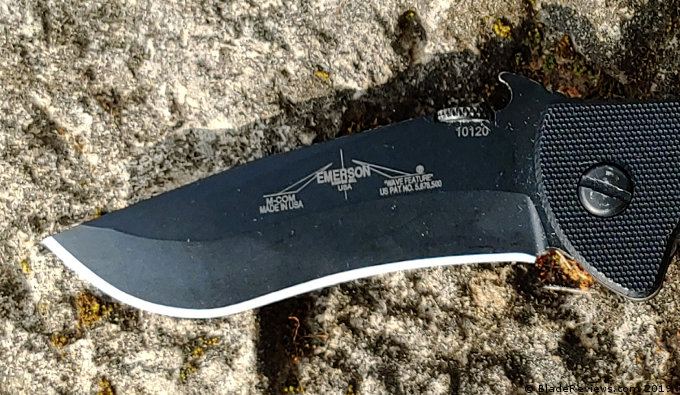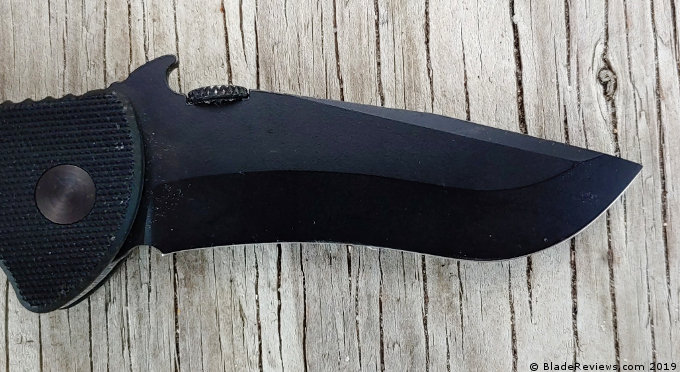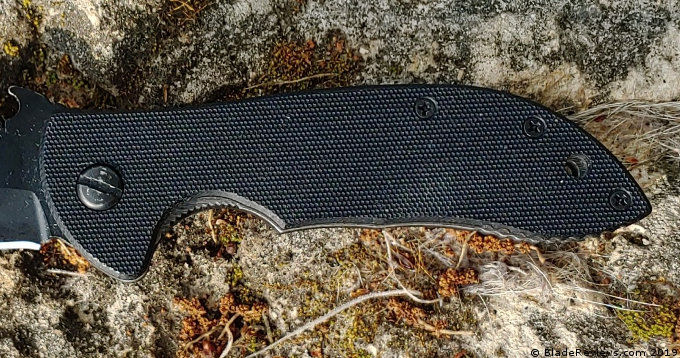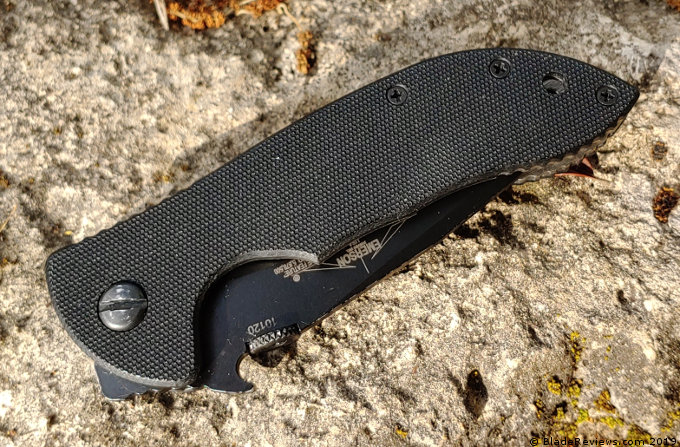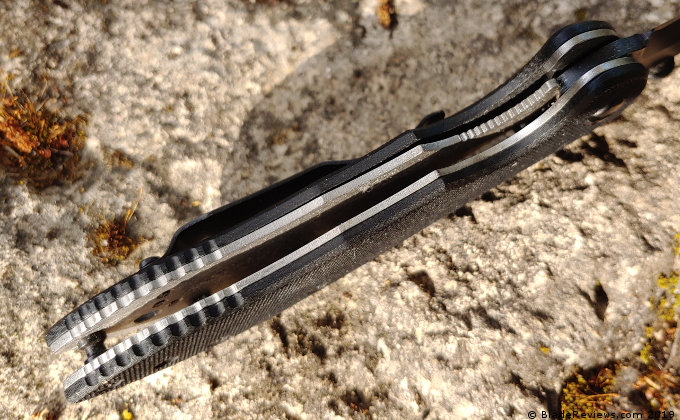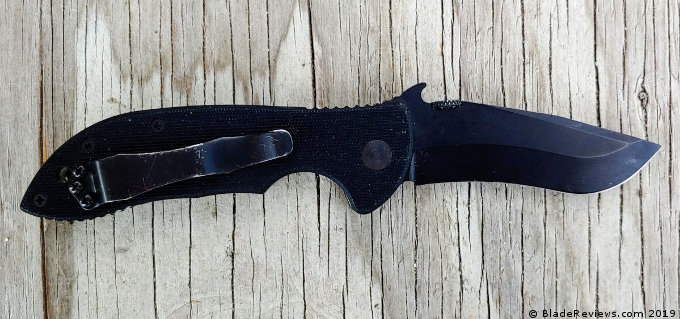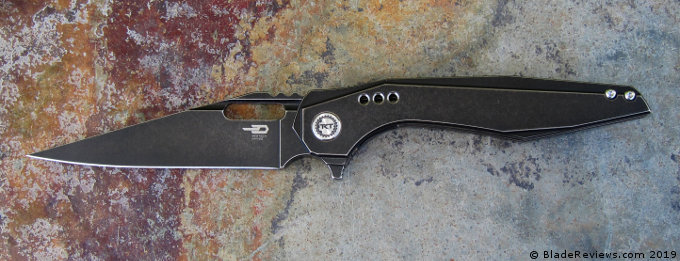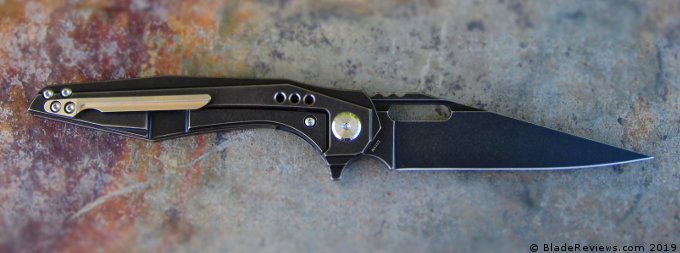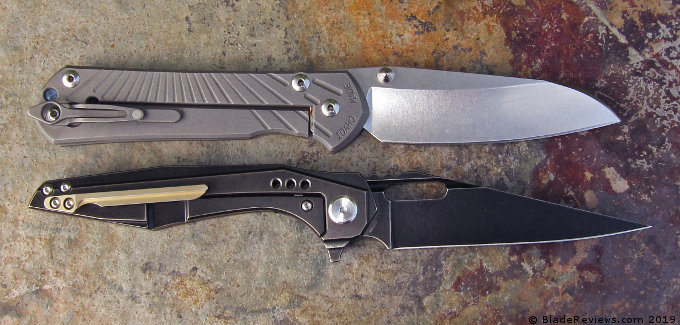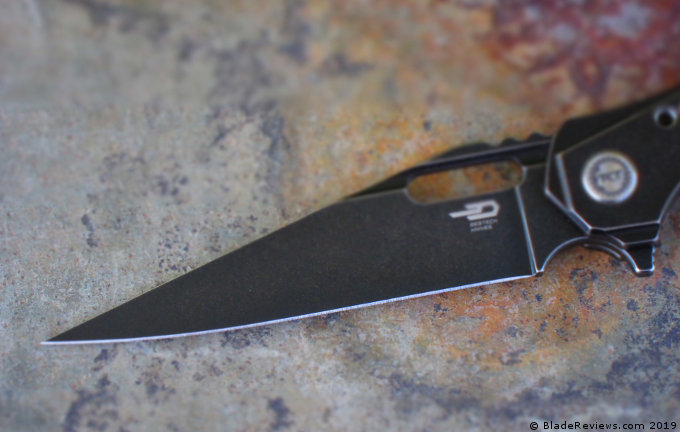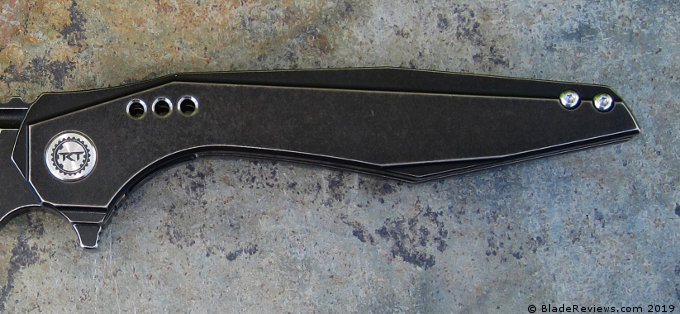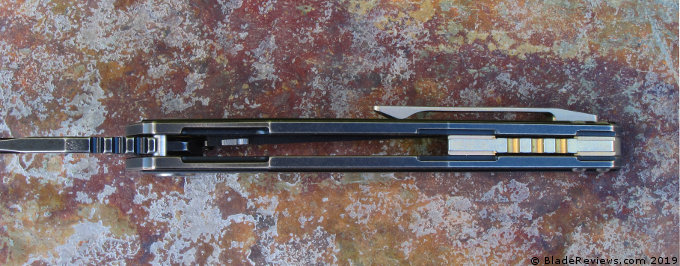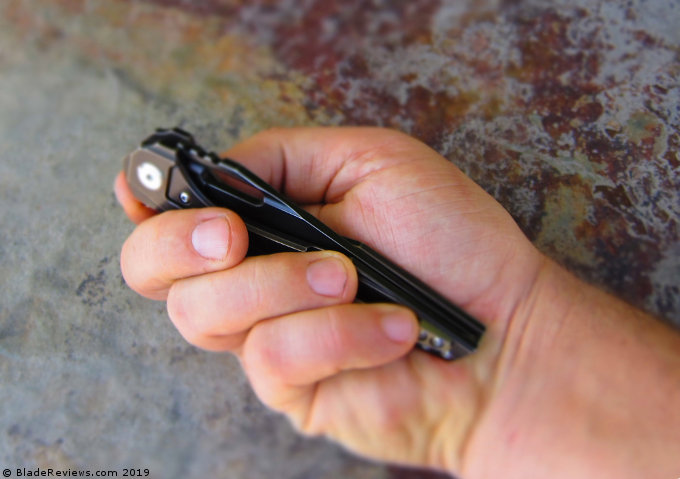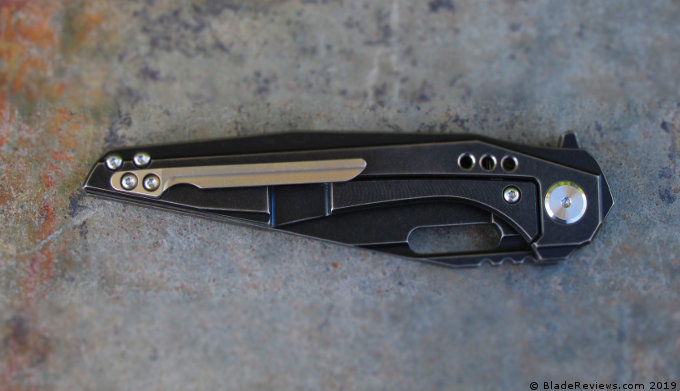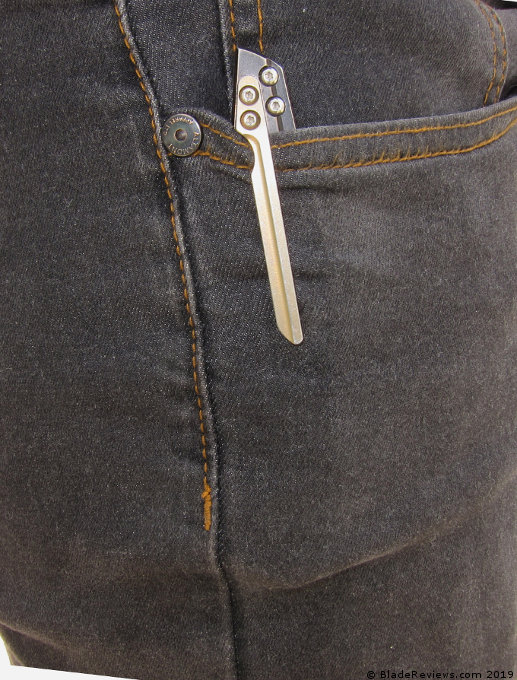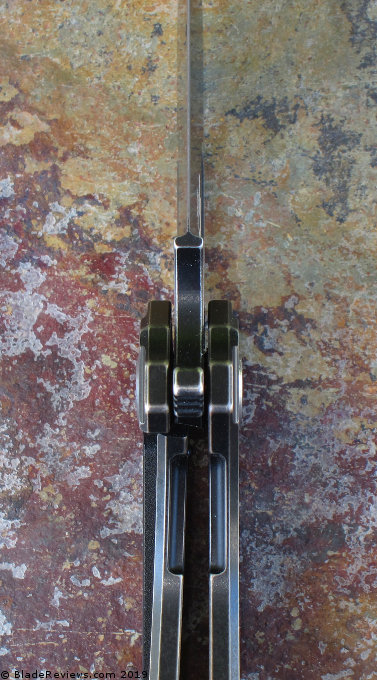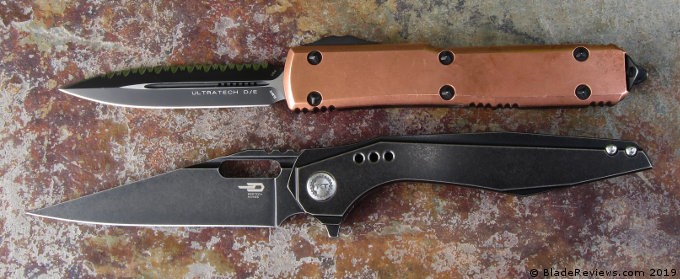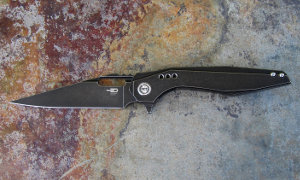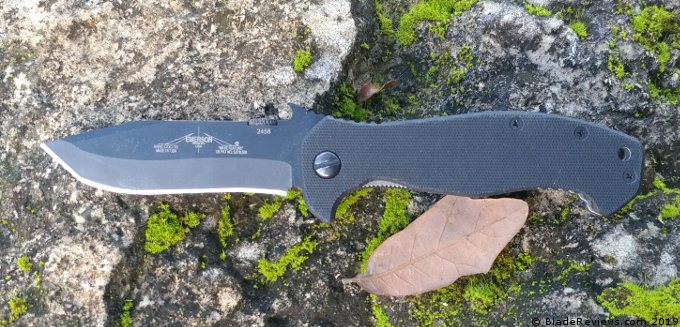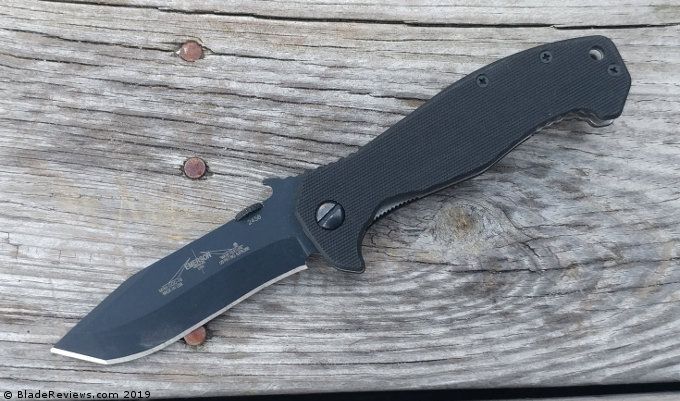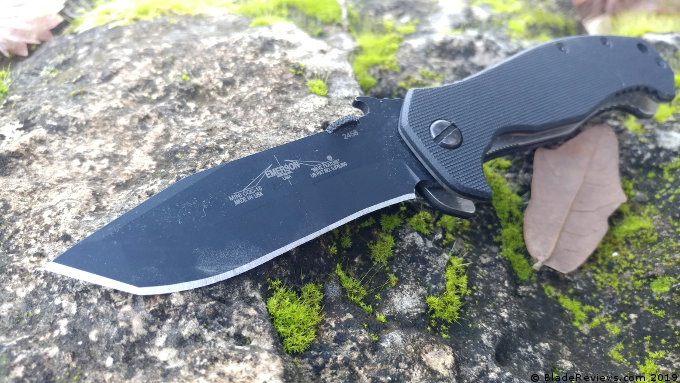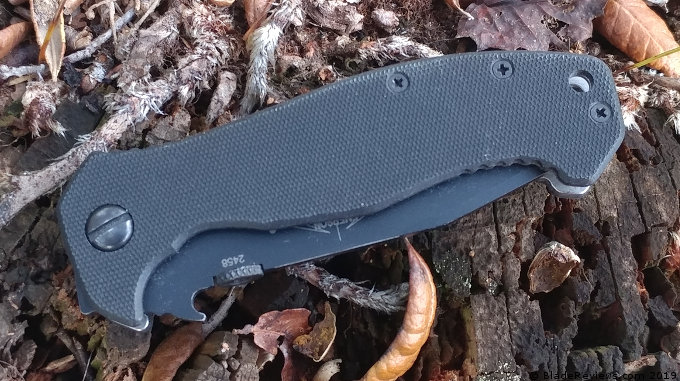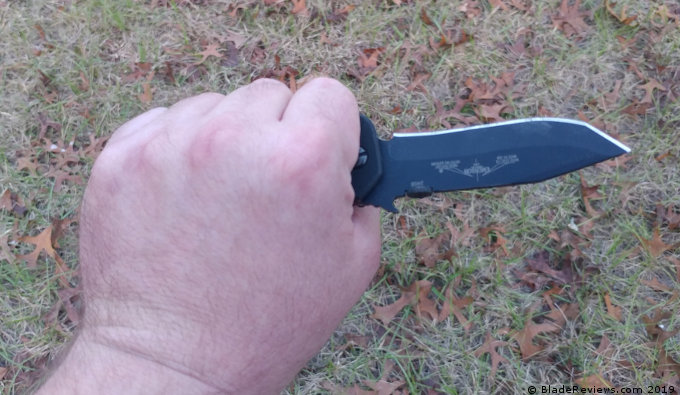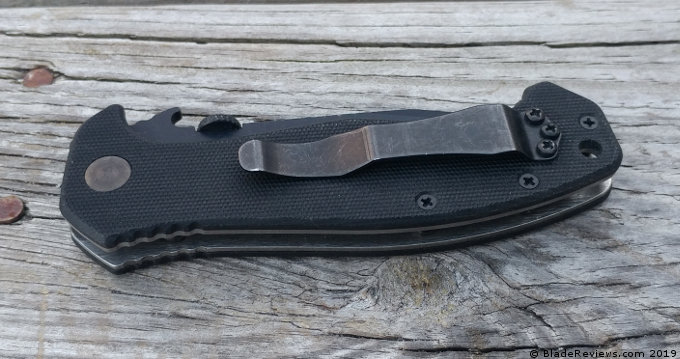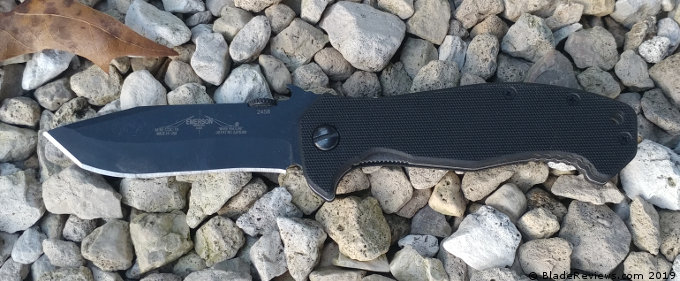You can’t not love Cold Steel. They make some odd, but often innovative knives, as well as super fun and cheesy videos. I never needed a Gladius machete but damn do I want one. Today we are going small, super small, and looking at Cold Steel’s Hide Out. The Hide Out is an ultra small neck knife designed as a last ditch weapon.
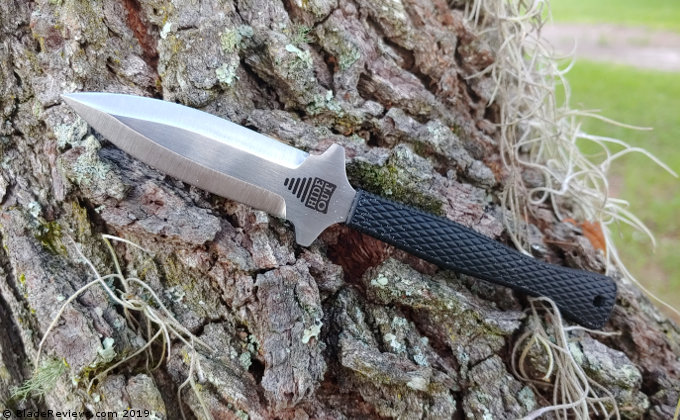
Buy the Cold Steel Hide Out at BladeHQ
The Cold Steel Hide Out is designed for discreet carry. It’s easily worn and carried around the neck, or with an added loop it can be carried in an IWB position. The knife is inexpensive, and super lightweight. It’s also a formidable knife should you find yourself in a last ditch scenario. The Hide Out is my go to knife when I go for a run because it’s easy to carry and easy to use.
General Dimensions and Blade Details
The Hide Out has a 3 inch blade and a 3.5 inch handle for a knife that’s 6.5 inches long total. The Hide Out weighs a mere 1.9 ounces. The knife is made from Japanese AUS 8A stainless steel, and has a Kray Ex handle.
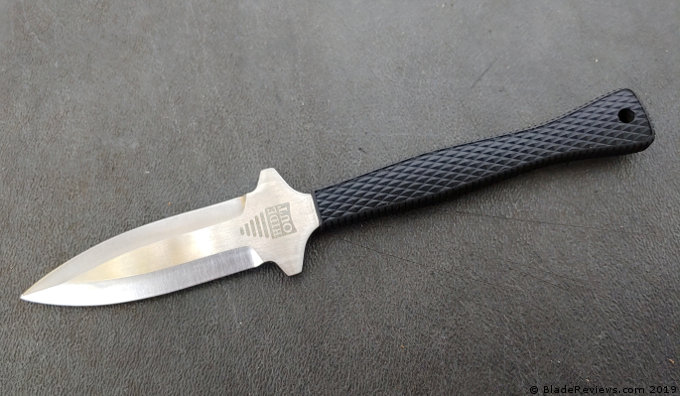
AUS 8A steel is an affordable steel that is certainly well suited for the Hide Out. AUS 8A is a heat treated steel, and it has excellent corrosion resistance. This is a must have since the knife sits against my sweating chest as I run. The steel itself is also very quick and easy to sharpen, but the downside is it will dull somewhat quickly. The steel itself is reported to be very strong and I have no reasons to think it isn’t.
The blade is a dagger design that ends with a sharp spear point. The blade is a V-grind and is quite attractive and evenly ground. The blade is extremely sharp from the factory and keeping the edge sharp is easy to do. Integrated right below the blade is a very small handguard. In a traditional fencing grip it’s not very useful, but it’s incredibly handy in an ice pick style grip.
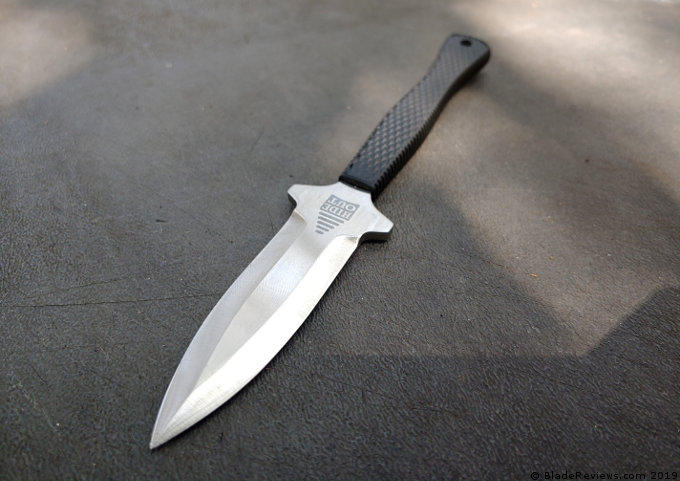
The Hide Out is not designed as a working man’s knife and not exactly a tool designed for EDC. It’s a weapon designed for concealed carry. A dagger style blade also means its designed more for stabbing that slicing or cutting. That being said the handguard also acts as a point of leverage for your thumb and you can slice through most common materials if necessary.
The Hide Out is super simple and from a last ditch self-defense perspective that is all it needs to be. The blade is short enough to make it easy to handle and to make repeated stabs easy. The blade is pointy and sharp and needs no special techniques to use. Just point the stabby end at the bad guy and thrust it. It will most certainly get the point across.
Handle and Ergonomics
The handle is very thin, but long enough to fill your hand. The handle flares outward near the bottom and the Kray Ex coating makes it easy to grip and allows the user to easily draw the knife from a neck worn sheath. The long handle gives you an outstanding grip on the knife.
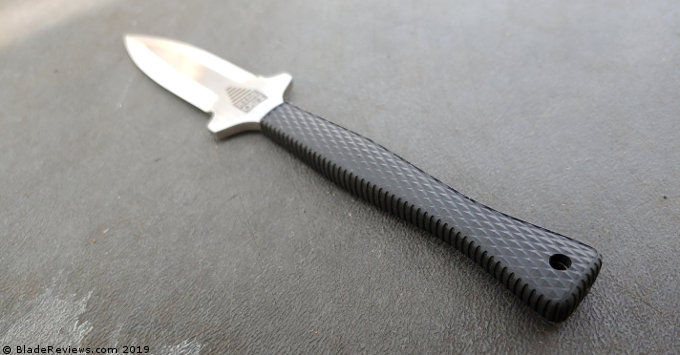
The handle is merely coated with Kray Ex, and the knife does have a full tang. Kray Ex rubber is a Cold Steel material they use for their grips. It’s soft and comfortable, but also heavily textured to provide a solid grip on the knife.
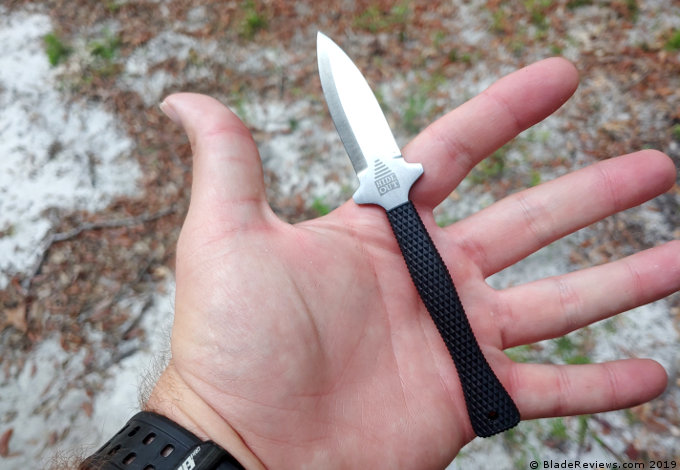
As I mentioned before the grip is exceptionally thin, but it’s easy to hold onto. It’s a valuable thing to have for a knife designed for self-protection. The handle’s Kray Ex coating makes it easy to grip, especially when it comes to wet and sweaty hands.
I’ve never needed to use it for actual self-defense, but I’ve practiced with it during runs and I’ve always been able to draw it without issue. The knife’s design means regardless of which side you grab it’s positioned for use and for an easy grab. Perfect for a defensive situation where there is no time to think about which way you are grabbing the knife.
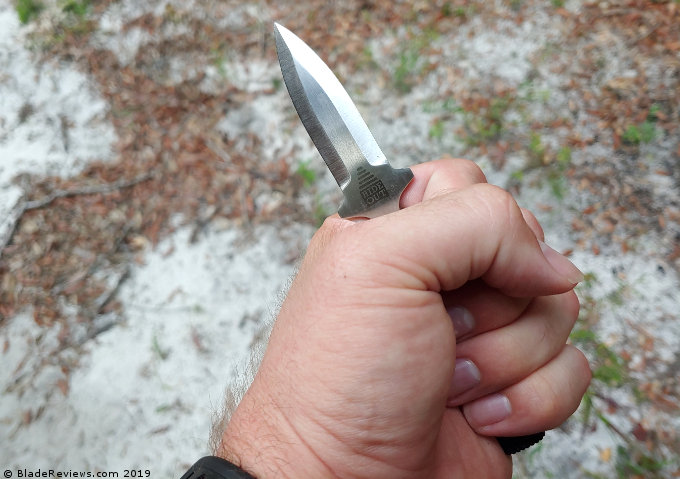
Manipulating the Hide Out and cutting through cardboard was surprisingly easy to do. The handle gives you a lot of leverage and you can control the blade with very little effort. The handle is also very thin and it will wear on your hand while you work with the knife.
Sheath
The Hide Out sheath is molded kydex and is called Secure-Ex. The Secure-Ex sheath offers excellent retention for the Hide Out. It has four points of retention. Two on the front and two on the back. The blade is absolutely not coming out of the sheath without a sure tug.
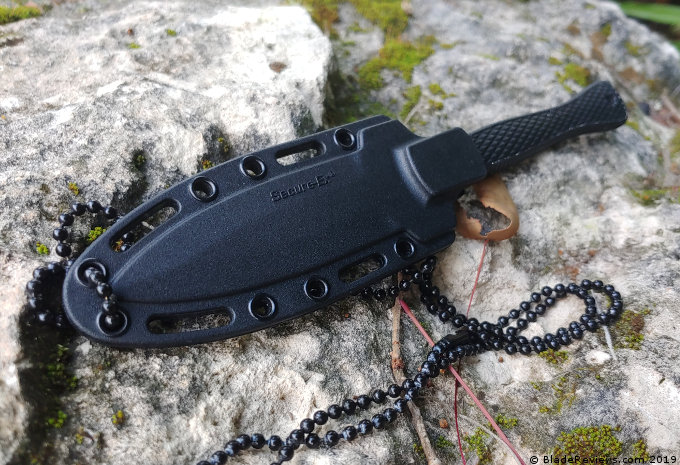
The sheath is made from two polymer molded halves that are held together with 8 eyelets. These eyelets allow you to position your chain higher or lower for an easier reach depending on your size. I like to position it low enough for easy and quick access.
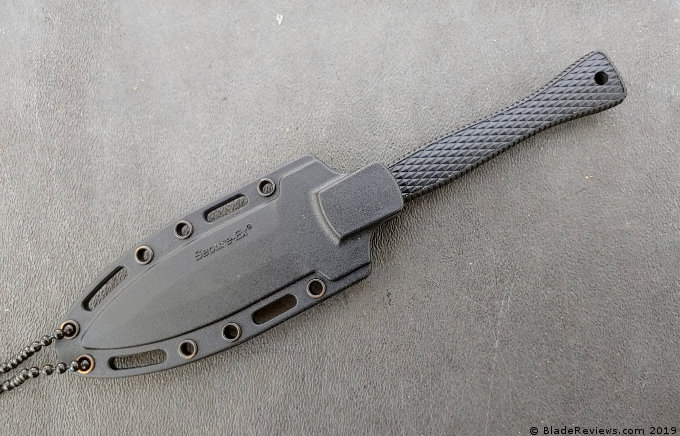
There are also four wider slots to weave webbing through if you so decide. Overall the sheath is top notch and it’s perfect for low profile carry. It seals the knife in and ensures it going nowhere even when being worn from the neck upside down.
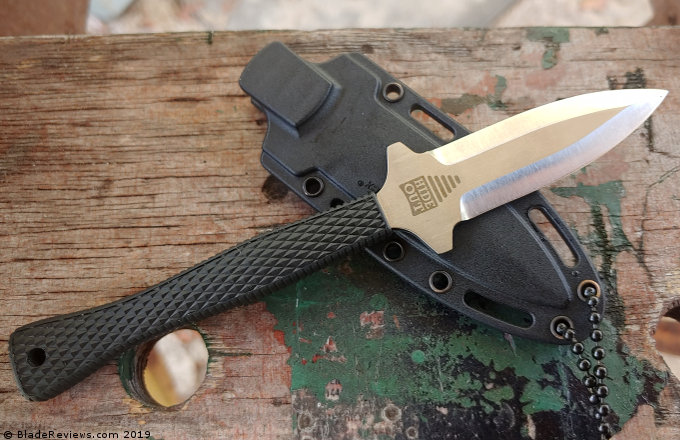
Cold Steel Hide Out Review – Final Thoughts
The Hide Out is a super small, and affordable neck knife designed for concealed carry. It’s extremely convenient for daily carry and comfortable as well. As a design it’s simplicity makes it effective to employ and very easy to carry. The Cold Steel Hide Out retails for under 40 bucks and serves a niche purpose.
The Hide Out isn’t a good EDC knife and basically any mid-tier folder would be a better choice. The Hide Out is perfect for situations where your dress or activity doesn’t allow you to carry a traditional knife. It’s a neat design and as a weapon it serves its purpose. If you need a do it all knife choose something else, if you need a light and easy to carry weapon then the Hide Out is for you.
- Product Type: Knife
- Unit Count : 1.0
- No batteries required
- Made in China
Editor: I recommend purchasing the Cold Steel Hide Out from Amazon or BladeHQ. Thanks for reading.

